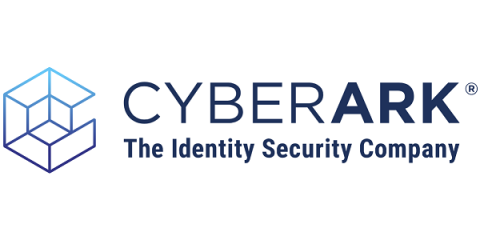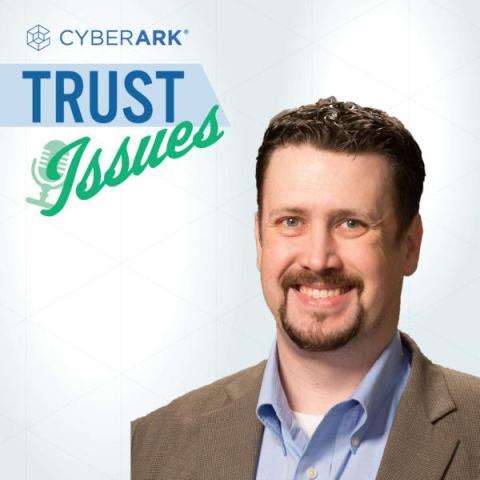How to Write a PoC for an Uninitialized Smart Contract Vulnerability in BadgerDAO Using Foundry
In this post, we’re going to learn how Foundry can be used to write a proof of concept (PoC) for uninitialized smart contract vulnerabilities. We will take a look at and exploit a simple uninitialized smart contract vulnerability we found in BadgerDAO. If you are familiar with this type of vulnerability, jump straight to the Foundry PoC section. You can also find the PoC code on this GitHub repository.






